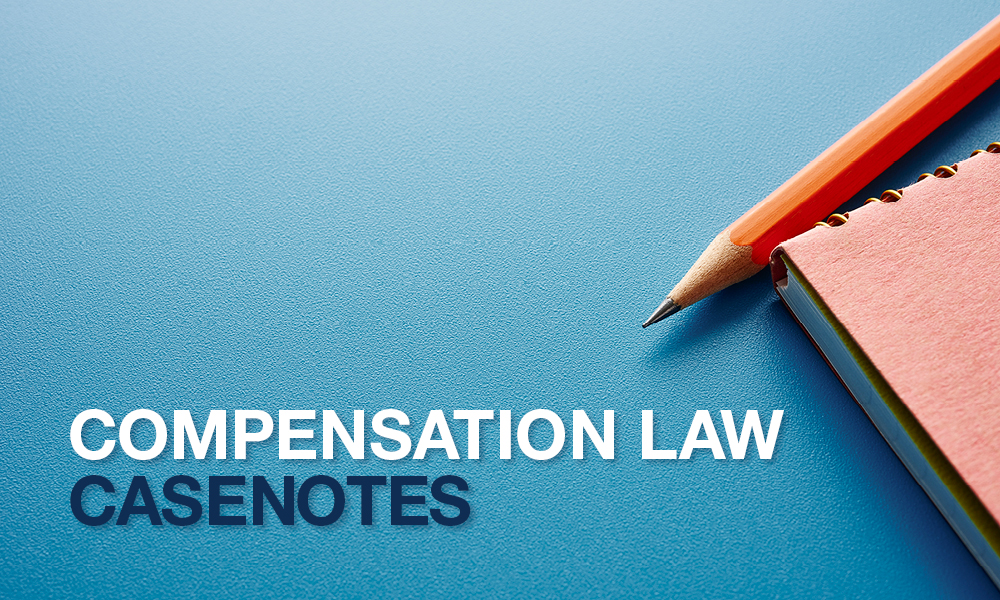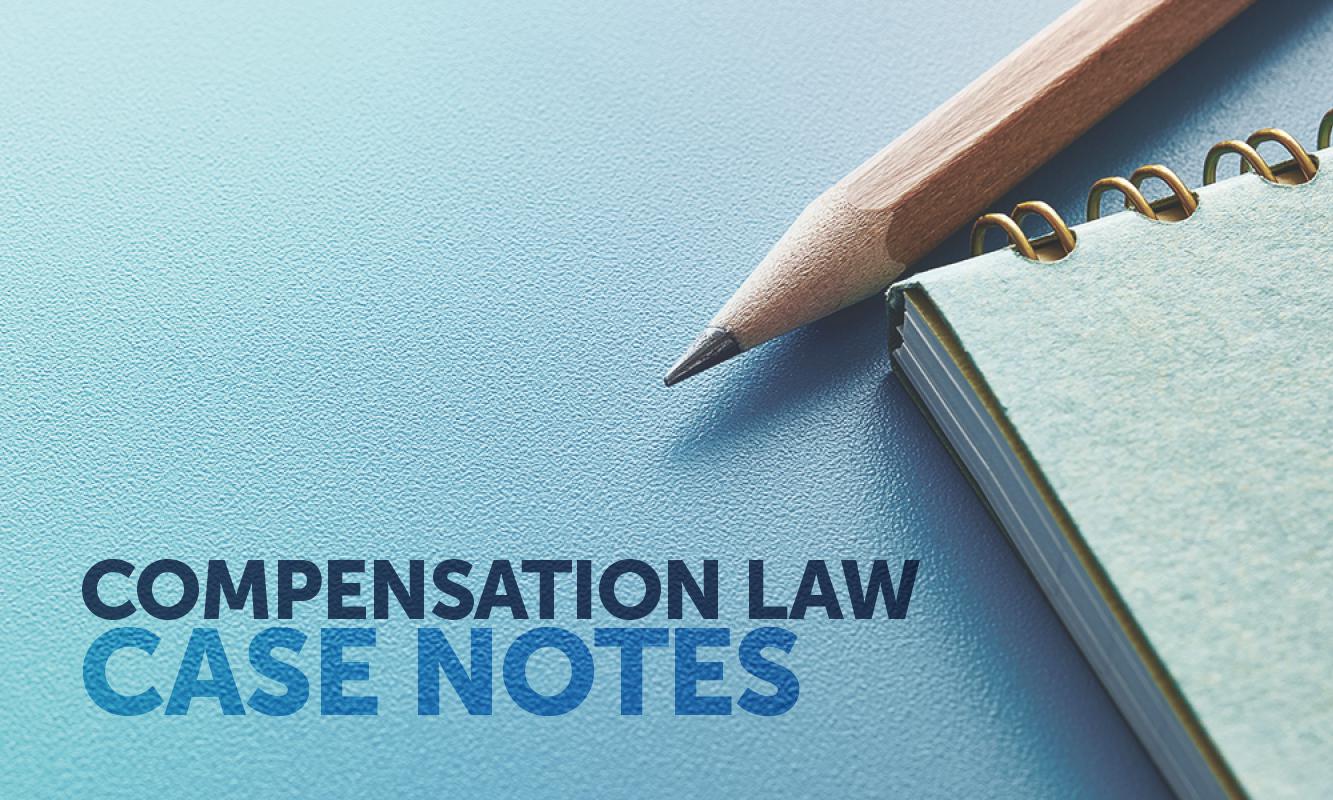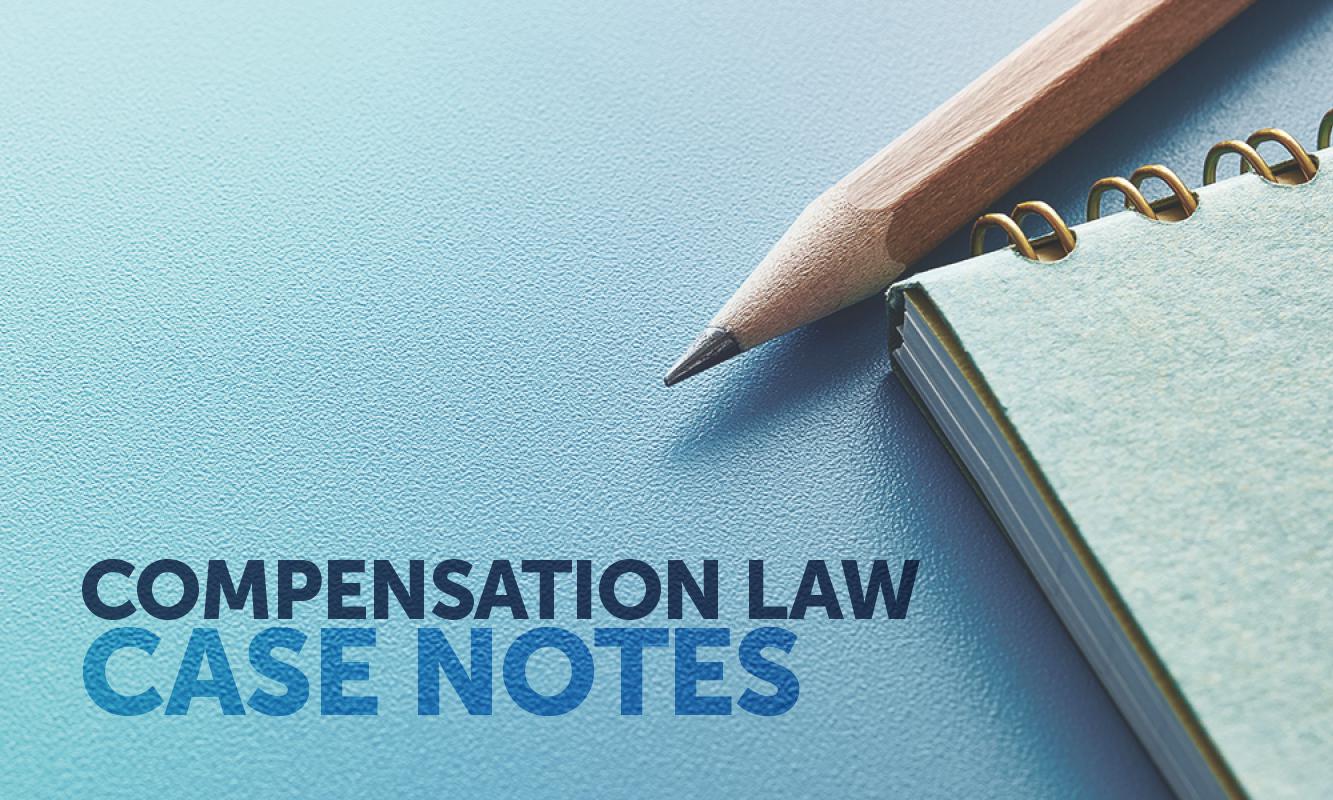…battery – application of Civil Liability Act 2022 (NSW) – criminality defence – contributory negligence defence
The respondent had parked his car near the plaintiff’s house.
The plaintiff and respondent – both drug users – got into an argument, with the plaintiff punching the respondent in the head. After tensions had cooled, the respondent entered the driver’s seat of his vehicle with the door open. The plaintiff was standing adjacent to the open door and driver’s seat and after some further discussion, the respondent put the vehicle in reverse and accelerated.
The plaintiff took hold of the frame of the door and the roof. He was able to step up to the door sill and cling to the roof. After about 10 metres, the plaintiff yelled to the respondent to stop the vehicle, and the respondent kept driving and invited the plaintiff to jump off. The respondent then turned his steering wheel sharply with the result that the plaintiff was thrown from the vehicle and suffered injury.
The plaintiff claimed damages against the respondent for both intentional tort (battery) and negligence.
At trial the primary judge accepted that the respondent was negligent, but did not accept that the respondent had intended to hurt the appellant. Regardless, the primary judge accepted that the respondent had established the complete defences under s53 of the Civil Liability Act 2022 (NSW) (CLA) (damages limitations apply even if self-defence is not a reasonable response – noting that such a defence does not exist in Queensland), and s54 (criminals are not to be awarded damages – relevant as the plaintiff previously assaulted the respondent shortly before the driving began).
In the alternative, the primary judge also found that the plaintiff was guilty of contributory negligence and that damages should be discounted by 70%.
The plaintiff appealed against these relevant findings.
Decision
The appeal was successful on all points.
Ratio
The Court of Appeal held that by continuing to drive the vehicle after the plaintiff had asked the respondent to stop, the driving thereafter could only be seen as an intentional act intended to cause the plaintiff harm. Battery was therefore made out, and the CLA restrictions on damages and any relevant defences did not apply.
In the premise, as the court noted that the doctrine of contributory negligence did not apply to intentional torts, no reduction of damages was appropriate.
Further, the court rejected that the respondent’s actions were done in self-defence given the evidence. Given the assault occurred some minutes before the driving began and as the respondent’s driving could have constituted an offence in and of itself, the criminals defence did not apply.
This compensation law casenote appears courtesy of Travis Schultz & Partners (TSP), where the author, James Leggo, is an Associate. As part of the firm’s commitment to providing ongoing legal education, TSP practitioners review relevant judgments and prepare case summaries for the legal profession. A free searchable catalogue of compensation law casenotes is available at schultzlaw.com.au/case-summaries (registration required). The full version of the judgments can be found at austlii.edu.au.













Share this article